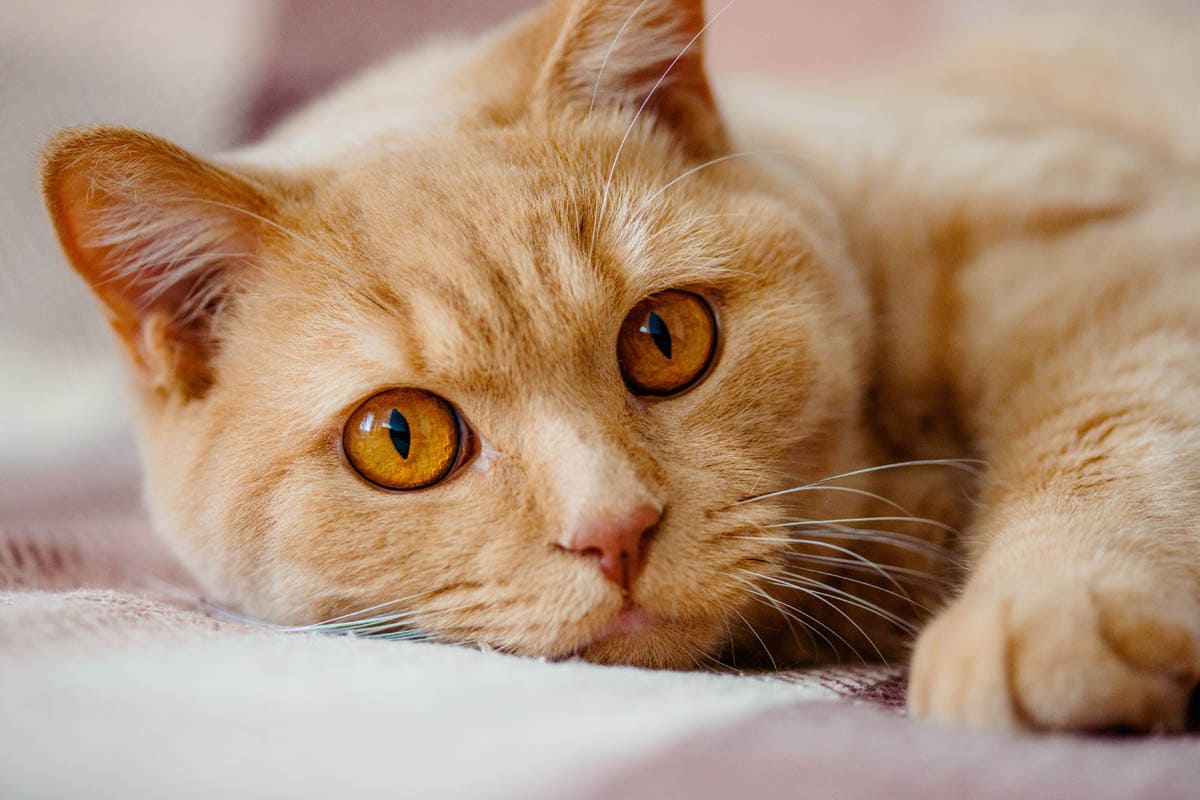 What is gastrointestinal motility?
What is gastrointestinal motility?
Gastrointestinal motility is the movement of food through the body which starts as soon as food enters the mouth and is chewed and swallowed. From there it moves through the esophagus, stomach, small and large intestines, and finally waste products leave the body via the anus. Wavelike contractions of the smooth muscle in the gastrointestinal (GI) tract are responsible for the passage of food to different locations for processing and absorption.
The autonomic nervous system (the nervous system responsible for the control of the bodily functions not consciously directed) regulates these contractions (peristalsis) and several endocrine (hormonal) mechanisms.
In the cat with healthy digestion, food is consumed and passes through the esophagus to the stomach where mixes with gastric juices and is churned into a liquid called chyme. From there it moves to the small intestine where the intestinal wall absorbs nutrients and passes them into the bloodstream. Waste material and indigestible parts pass into the large intestine where water is removed, and the remaining products are excreted from the body via the feces.
Gastric motility disorders are several conditions that affect the normal passage of food through the GI tract. They can be accelerated, retrograde (backward moving) or delayed. Most feline cases are due to delayed or impaired motility; this, in turn, causes food to accumulate in the GI tract.
Any dysfunction along the gastrointestinal tract can cause gastric motility disorders.
Causes
Gastric motility disorders can be primary or secondary, most cases are secondary, and usually due to underlying gastrointestinal disease.
Mouth and esophagus:
- Dysphagia – Difficulty swallowing
- Esophagitis – Inflammation of the esophagus
- Reflux (GERD) – A condition in which gastric juices flow back from the stomach and into the esophagus
- Megaesophagus – Enlargement of the esophagus
- Obstruction – This may be due to tumours or foreign bodies such as a bone
Stomach:
- Delayed gastric emptying – A slower than normal emptying of the stomach contents which can be due to gastric dilatation, gastritis (inflammation of the stomach lining), gastric ulcers, electrolyte imbalances, diabetes, tumours, hypothyroidism, certain drugs (cholinergic antagonists, adrenergic agonists and opioid agonists), foreign object and defective propulsion)
Small intestine:
- Obstruction – Tumour, heavy roundworm burden
- Intestinal sclerosis
- Post-surgical pseudo-obstruction
- Enteritis – Inflammation of the intestine
Large intestine:
-
- Megacolon – Abnormally dilated and enlarged colon
- Constipation – Delayed passage of stooks which has several underlying causes including dehydration or underlying systemic diseases
- Ilius – Inability of the large intestine to contract normally to push feces out of the body, there are several causes including drug-induced, obstruction, complications of surgery, peritonitis, pancreatitis, hypokalemia, uremia
Other:
- Key-Gaskell syndrome – A rare condition of the sympathetic and parasympathetic nervous systems which work in harmony to prepare the body for fight or flight (sympathetic) or relax the body (parasympathetic). This system is responsible for functions in the body that the cat does not consciously control such as respiration, digestion, heartbeat, hormone secretion, and pupil dilation/constriction collectively called the autonomic nervous system (ANS)
- Psychogenic – Pain, fear or stress
- Immune-mediated diseases
- Idiopathic (no known cause)
Symptoms
- Vomiting of mostly undigested food
- Lethargy
- Abdominal swelling and bloating
- Abdominal pain
- Loss of appetite
- Belching
- Nausea (drooling, reduced appetite, lip licking)
- Allotriophagia (eating unnatural foods or non-food items)
- Weight loss
Additional symptoms can present depending on the underlying cause.
Diagnosis
The veterinarian will perform a complete physical examination of the cat and obtain a medical history which will include symptoms, how long they have been present, any underlying medical conditions, and medications your cat is currently taking.
Diagnostic workup:
- Baseline tests – Complete blood count, biochemical profile and urinalysis to evaluate the overall health of the cat and liver and kidney function.
- Gastroscopy – An examination of the esophagus, stomach, and duodenum (upper part of the small bowel) using a flexible telescope called a gastroscope
- Abdominal x-rays and ultrasound – To evaluate the gastrointestinal tract for tumours and blockages
- Gastric emptying scintigraphy (gamma scan) – Radioisotopes (which emit gamma radiation) are ingested to measure the speed at which food empties from the stomach
- Upper gastrointestinal series (upper gastrointestinal study, barium study or contrast radiography) – Barium sulfate, a white radio-opaque metallic powder, is administered to the cat via syringe into the cheek pouch. Once swallowed, the barium coats the inside walls of the gastrointestinal tract which shows up the structures as bright white on x-rays. The veterinarian can also monitor the transit time of the barium during this procedure.
- Barium-Impregnated Polyethylene Spheres (BIPS) – Plastic spheres that are impregnated with barium (a radio-opaque contrast medium), which the cat ingests, and then a series of x-rays are taken to evaluate the GI tract for motility disorders or blockages
Treatment
The goal of treatment is to address the underlying cause, as well as increase gastric motility and provide supportive care including fluid and nutritional support and surgery or gastroscopy to remove blockages.
Medical management:
Prokinetic agents – These medications increase peristalsis and/or promote gastric emptying. There are several drugs available which include:
- Cisapride (only available through compounding veterinary pharmacies), Metoclopramide, Tegaserod, Nizatidine, Ranitidine, Erythromycin and Clarithromycin.
Dietary management:
Liquids pass through the stomach faster than solids, and high-calorie foods remain in the stomach longer than protein, which remains in the stomach longer than carbohydrates. Based on this, the veterinarian may implement the following modifications:
- Low fat, low protein diets to promote gastric emptying
- Feed small but frequent meals
- Canned and liquefied diets can also help to increase gastric emptying
